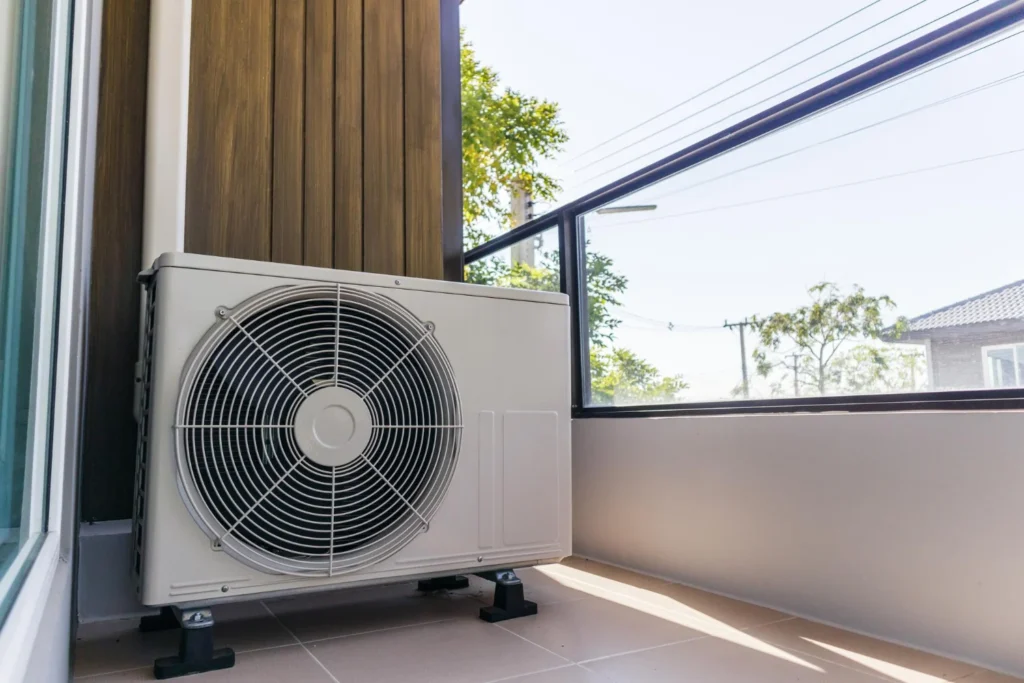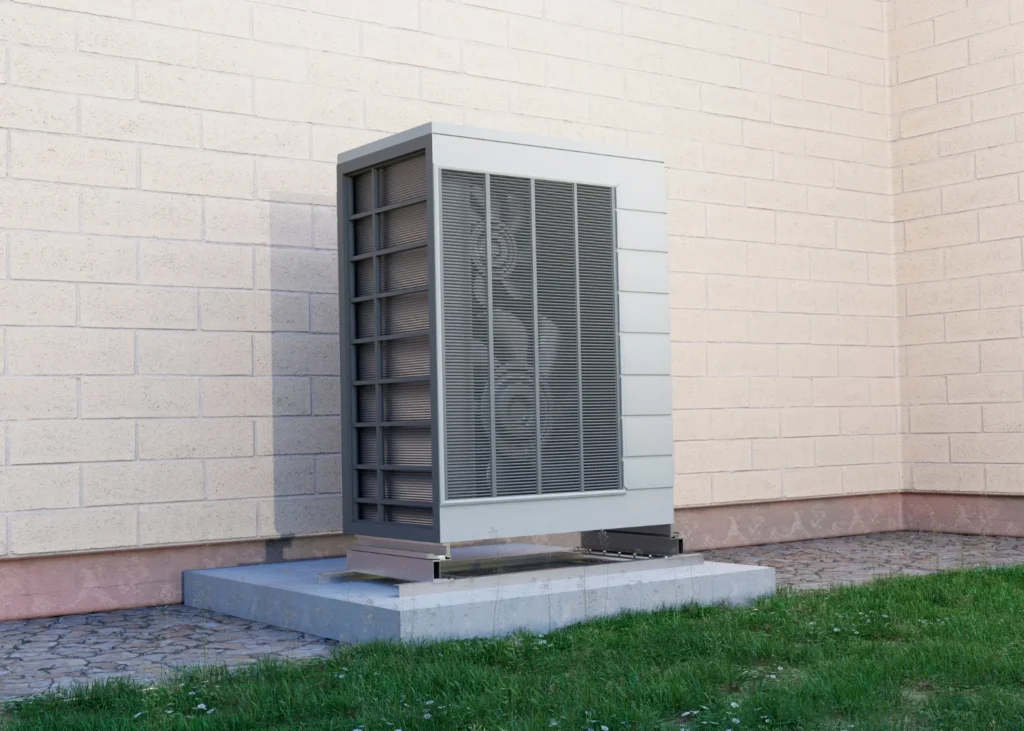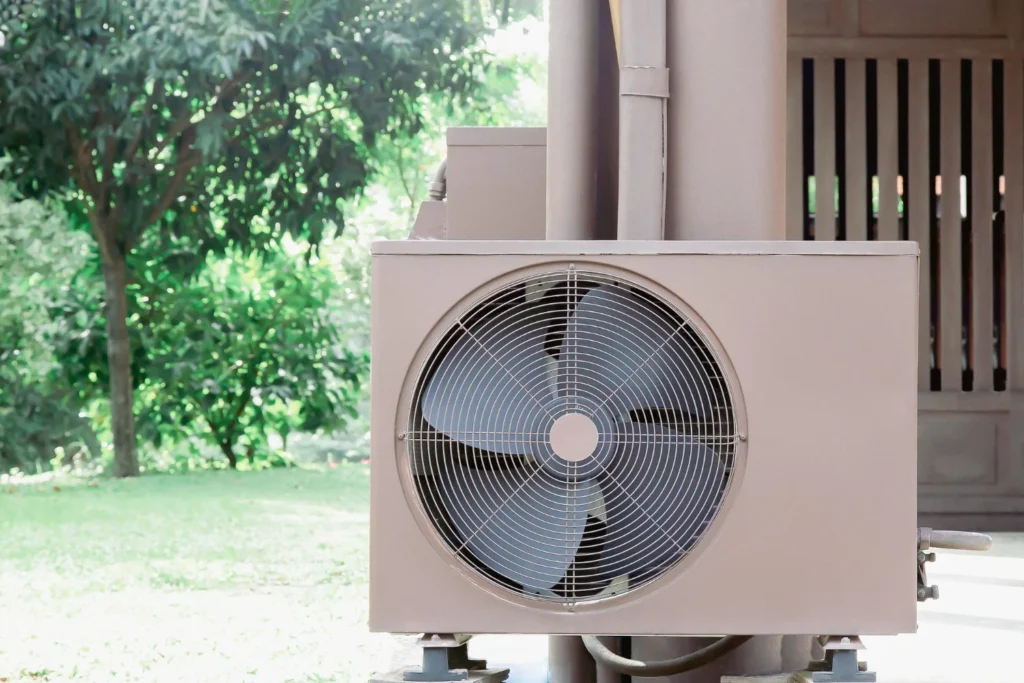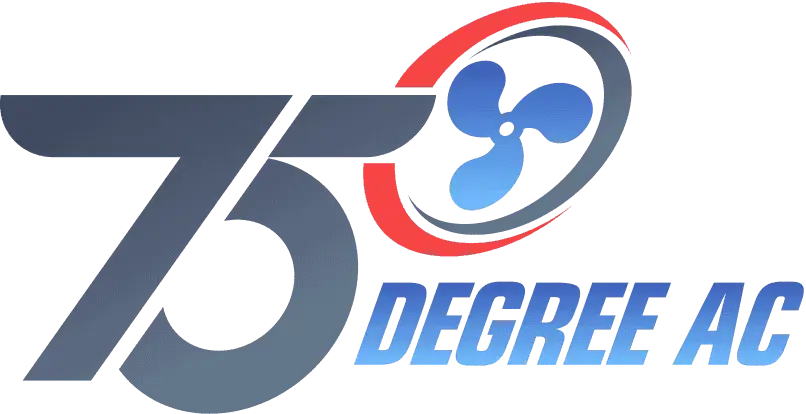Central Air Installation Cost: Looking to keep your cool without breaking the bank? Dive into our guide for budget-friendly solutions tailored to your AC needs. We understand the importance of staying comfortable without draining your savings. Whether you’re replacing an old system or installing central air for the first time, navigating the costs can be daunting.
But fear not! Our guide is here to shed light on practical strategies and insider tips to help you make informed decisions. From understanding the factors that influence installation expenses to exploring cost-saving options without compromising on quality, we’ve got you covered. Say goodbye to sticker shock and hello to efficient cooling solutions that won’t empty your wallet.
Get ready to take control of your comfort and your budget with our expert insights on Central Air Installation Cost. Let’s make staying cool a breeze without the financial sweat!
Table of Contents
ToggleAverage Cost Of Central Air Installation
The average central air installation cost will vary from $3000 to $10,000, with $5500 being the median range. The price for an AC system isn’t set in stone; it varies based on a multitude of factors.
Square Footage Of Home And Home Type

This is an essential detail in your price calculation. The central AC system size is calculated in tons. This is the cooling capacity of your air conditioning system and the amount of heat it can remove from a room. Thankfully, there is a simple formula to calculate the Tonnage of AC needed to cool your Home.
1 Ton Of AC unit Is Required To Cool 400 Sq—Ft of Your Home.
If your Home has high ceilings, multiply the Tonnage you need by 1.25. By this calculation, a 2000 sq ft. home will require a 5-ton Central AC unit.
The table below provides the approximate price for a Central AC system by Tonnage. Remember that the cost can vary depending on the brand you select and your geographic location.
| Tonnage | Avg. Price Range (With Installation) |
| 1.5 | $3,500 – $4,500 |
| 2.0 | $4,000-$5,500 |
| 2.5 | $4,500-$6,000 |
| 3.0 | $5,000-$7,000 |
| 3.5 | $5,500-$7,500 |
| 4 | $6,000-$8,000 |
| 5 | $7,000-$10,000 |
| 10 | $10,000-$16,000 |
Your central heat and air installation Cost will also change based on the type of Home you live in. A new home will cost around the average price of $5,500, but if you live in an old home without ductwork, you’ll spend upwards of $7,000 to install the unit and the ducts, depending on the size of the house. If you are renting a home or apartment, you may need to budget for a window AC or portable AC if the apartment’s AC system could be better.
Type Of Compressor

Compressors are responsible for pressurizing refrigerant gas, which then circulates through the system to absorb heat from indoor air and release it outside. Single-stage, two-stage, and variable-stage compressors are different types of compressors commonly used in air conditioning and heating systems.
Single-Stage Compressors
- Single-stage compressors operate at a fixed speed and provide a constant level of cooling capacity.
- They are typically less expensive upfront but may be less efficient than other types, especially during periods of partial cooling load.
Two-Stage Compressors
- They have two levels of cooling capacity: a low stage and a high stage. In mild weather conditions, the compressor switches to low stage and vice versa.
- Two-stage compressors can maintain more consistent indoor temperatures, reduce energy consumption, and provide better humidity control compared to single-stage compressors.
Variable-Speed (Variable-Stage) Compressors
- These are the most advanced and efficient types of compressors, but they are also the most expensive.
- Unlike the single-stage and 2-stage compressors, these compressors can adjust their speed and output to match the cooling demand precisely.
- Variable-speed compressors provide exceptional energy efficiency, quieter operation, and superior comfort by maintaining more stable indoor temperatures and humidity levels.
The choice of compressor type depends on factors such as budget, desired comfort levels, and energy efficiency goals. Consulting with HVAC professionals can help determine the best option for your specific needs.
Unit Efficiency
Calculating the efficiency of an air conditioning (AC) system involves assessing its performance in cooling a space relative to the amount of energy it consumes. The most commonly used metric is the Seasonal Energy Efficiency Ratio (SEER).
Current regulations require AC units to have at least a 13 SEER rating. As you’d expect, the cost to install a central AC unit increases in tandem with the efficiency rating. A 14-SEER unit costs, on average, around $2,700, while a 16-SEER unit could go for closer to $4,100.
Added Costs
Now that you have a fair idea of the price and type of AC system you need for your Home, it’s time to factor in the additional costs such as labor, permits, ductwork modifications, or zoning requirements.
Is It A Good Idea To DIY Your Central AC System Installation?

The answer is probably not- unless you are a trained professional. Most warranties require that a licensed HVAC contractor handle the installation of a new central AC system. On average, HVAC contractors charge between $80 and $150 per hour. You can expect a contractor to need roughly eight hours for the installation, assuming the ductwork is already in place. That comes out to $640 to $1,200 in typical labor costs.
Should I Replace My Old AC System Or Repair It?
You are worried about the sometimes unbearable summer heat, but you do have an old, definitely outdated AC system. Whether to replace or repair your central AC system can itself be a significant factor while calculating the cost of central air installation.
Here are several vital steps to help you make an informed decision –
- Evaluate the Age of the System: Most systems have a lifespan of around 10 to 15 years, depending on factors such as maintenance and usage. If your system is nearing the end of its expected lifespan and experiencing frequent breakdowns, replacement may be more cost-effective in the long run.
- Assess the Extent of the Problem: Determine the nature and severity of the issue affecting your AC system. Minor repairs, such as fixing a faulty capacitor or replacing a worn-out fan motor, may be relatively inexpensive and extend the life of the system.
- Consider Energy Efficiency: Older systems may be less efficient and consume more energy, leading to higher utility bills.
- Calculate Repair Costs vs Replacement Costs: As a general rule, if the cost of repairs exceeds 50% of the price of a new system, replacement may be more economical in the long term.
Seek advice from qualified HVAC professionals who can assess the condition of your existing system, diagnose any problems, and provide recommendations based on your specific needs and budget. A professional inspection can help you understand your options and make an informed decision.
How Do You Lower The Cost Of Installing A New Central AC system?
Installing a new Central AC system is definitely a four or five-figure investment. YOu can always look into taking out a home loan or personal loan, but here are several tips to help you reduce the overall cost of installing an air conditioning system –
- Compare Multiple Quotes: Obtain quotes from multiple HVAC contractors and compare them to ensure you’re getting the best value for your money. Look for contractors with a good reputation, experience, and positive customer reviews.
- Explore Rebates And Incentives: Research available rebates, incentives, and tax credits for energy-efficient HVAC systems offered by government agencies, utility companies, and manufacturers.
- Opt for Off-Peak Installation: Schedule your AC system installation during the off-peak season (typically spring or fall) when HVAC contractors may offer lower prices due to reduced demand.
- Maximize Existing Infrastructure: If possible, leverage existing infrastructure, such as ductwork or electrical wiring, to minimize installation costs. Retrofitting or modifying existing systems may be more cost-effective than installing entirely new components.
- Invest in Regular Maintenance: Once your AC system is installed, prioritize regular maintenance to ensure optimal performance and longevity. Proper maintenance can prevent costly repairs and improve energy efficiency over time.
FAQ More About How Much to Install Central Air
Is Centralised AC Good for Home?
Centralized AC systems are excellent for homes, providing consistent cooling throughout all rooms and offering superior temperature control compared to individual units.
What Is The Life Of Central AC?
The average lifespan of a central AC system is typically between 12 to 15 years. With proper maintenance and regular servicing, some units can last even longer, while others may require replacement sooner.
How much does HVAC unit installation cost compared to central air installation?
HVAC unit installation costs can vary depending on factors like the type of system and labor expenses, but generally, central air installation cost to be more expensive due to additional ductwork and components required for whole-home cooling.
Is it more cost-effective to replace my entire HVAC system or just install central air conditioning?
The decision between HVAC replacement and central air installation cost depends on the condition of your current system and your long-term cooling needs. While central air installation may incur higher upfront costs, it can offer greater energy efficiency and comfort in the long run.
What factors influence the installation cost of central air conditioning?
Several factors affect central air installation cost, including the size of your home, the type of system chosen, the complexity of installation, any necessary ductwork modifications, and regional labor rates.
Can I save money on central air installation by DIY-ing the process?
While DIY central air installation may seem like a cost-saving option, it’s often best to leave this task to trained professionals. Improper installation can lead to inefficiencies, higher energy bills, and even system damage, outweighing any potential savings.
Are there any government incentives or rebates available to offset central air installation costs?
Depending on your location and the type of system installed, you may be eligible for government incentives, rebates, or tax credits aimed at promoting energy-efficient HVAC upgrades. Check with local authorities or energy agencies to explore available programs.
How does central air installation cost compare to HVAC installation expenses?
Central air installation cost typically involves installing a cooling system that utilizes ductwork to distribute air throughout the home. On the other hand, HVAC installation encompasses both heating and cooling components, which can lead to higher upfront costs compared to central air installation cost alone.
However, the total cost can vary based on factors such as the size of the system, the complexity of the installation, and any additional components required for optimal HVAC functionality. It’s essential to consult with HVAC professionals to determine the most cost-effective solution for your specific needs and budget.
Conclusion – Central Air Installation Cost
Central Air Installation Cost: Ready to take charge of your comfort without breaking the bank? Our guide has equipped you with the knowledge and strategies needed to navigate the world of HVAC expenses with confidence. By understanding the factors influencing Central Air Installation Cost and exploring budget-friendly solutions, you’re well-prepared to make informed decisions for your AC needs.
From optimizing energy efficiency to exploring cost-effective options, you’re now empowered to enjoy cool, comfortable living without the financial strain. Say goodbye to daunting price tags and hello to a breezy installation process that aligns with your budget. So, whether you’re replacing an old system or installing central air for the first time, remember: with the right approach, staying cool can be both affordable and effortless. Dive back into our guide anytime for a refresher and embark on your journey to a cooler, budget-friendly home environment.
